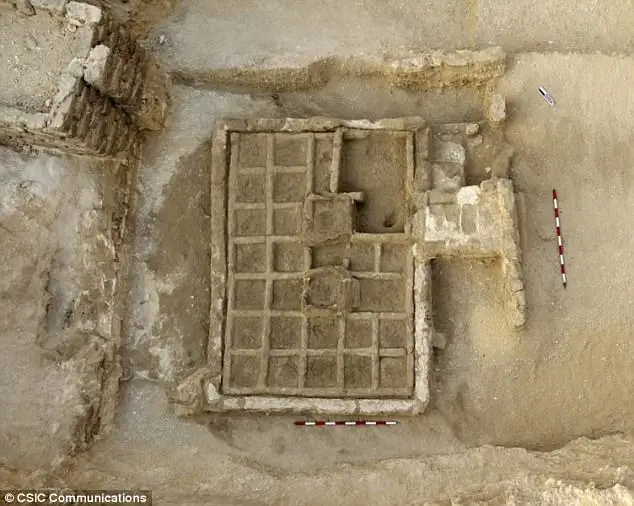|
First-ever Funerary Garden Found in Egypt
May 7, 2017
A dig in Egypt has turned up the first ever find of a funerary garden. It dates to 4,000 years ago. The traditional funerary garden was a model version of a house garden that was placed in a tomb, along with funerary goods, with the same purpose as those goods: so the person buried in the tomb would, in the afterlife, be surrounded by the things that he or she enjoyed in life. Historians and archaeologists had studied images and writings of such gardens for years, but no one had found the remains of one. The find is also significant, according to the lead archaeologist, because it is in Thebes, at a time when that city was the capital of a unified Egypt. The garden is in an open courtyard at the entrance to a tomb that dates to 2000 B.C., in Egypt's Middle Kingdom. Also found nearby are the remains of a small mud-brick chapel and a handful of stone tombstones; the chapel and the tombstones, or stelae, are slightly newer, dating to 1800 B.C. Mentioned on one of the tombstones is the famed god Osiris. |
Social Studies for Kids |
Social Studies for Kids
copyright 2002–2019
David White



 The dig, on the Dra Abu el-Naga hill in what is now Luxor but was then Thebes, unearthed a garden that was rectangular in shape, about two feet off the ground, with a total area of 10 feet by 6.5 feet. Two smaller beds in the center of the garden are taller than the others. Next to the raised garden were planted two trees. Archaeologists look forward to analyzing the remains of the trees and, more importantly, seeds found in the garden.
The dig, on the Dra Abu el-Naga hill in what is now Luxor but was then Thebes, unearthed a garden that was rectangular in shape, about two feet off the ground, with a total area of 10 feet by 6.5 feet. Two smaller beds in the center of the garden are taller than the others. Next to the raised garden were planted two trees. Archaeologists look forward to analyzing the remains of the trees and, more importantly, seeds found in the garden.
